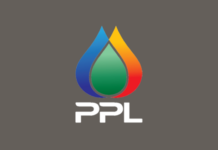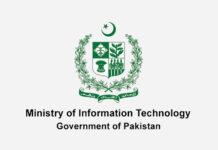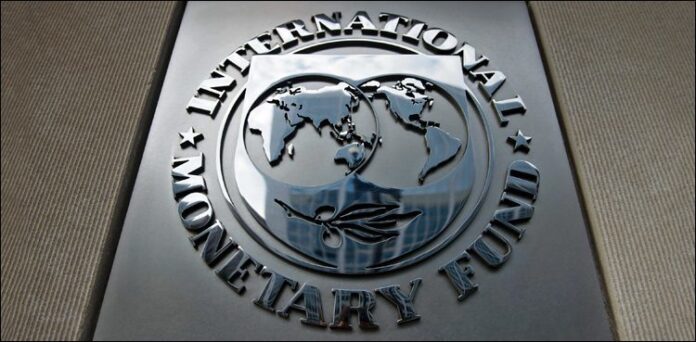The recent report by the International Monetary Fund (IMF) on the $7 billion bailout package it has extended to Pakistan contains some truly eye-opening information.
In a very small but well-sumpled-up section, the IMF’s report points towards a nexus that exists between the state, the central bank, and the banks they are supposed to regulate. The report points towards a damning statistic. Currently, 60% of the assets held by the commercial banking sector in Pakistan are domestic government debts. This means if we were to tabulate the balance sheets of all of Pakistan’s commercial banks in one place, nearly two-thirds of their total assets would be money the government owes them and not money they have in their hands.
It is truly bleak. The share of government debt as 60% of all assets is three times higher than the average for Emerging Market Economies like Pakistan.
How did we get to this place? Well, the banks have been in a very comfortable position for the past few years. In fact, it almost seems they have become unwilling to perform their actual function. The content in this publication is expensive to produce. But unlike other journalistic outfits, business publications have to cover the very organizations that directly give them advertisements. Hence, this large source of revenue, which is the lifeblood of other media houses, is severely compromised on account of Profit’s no-compromise policy when it comes to our reporting. No wonder, Profit has lost multiple ad deals, worth tens of millions of rupees, due to stories that held big businesses to account. Hence, for our work to continue unfettered, it must be supported by discerning readers who know the value of quality business journalism, not just for the economy but for the society as a whole.To read the full article, subscribe and support independent business journalism in Pakistan
























